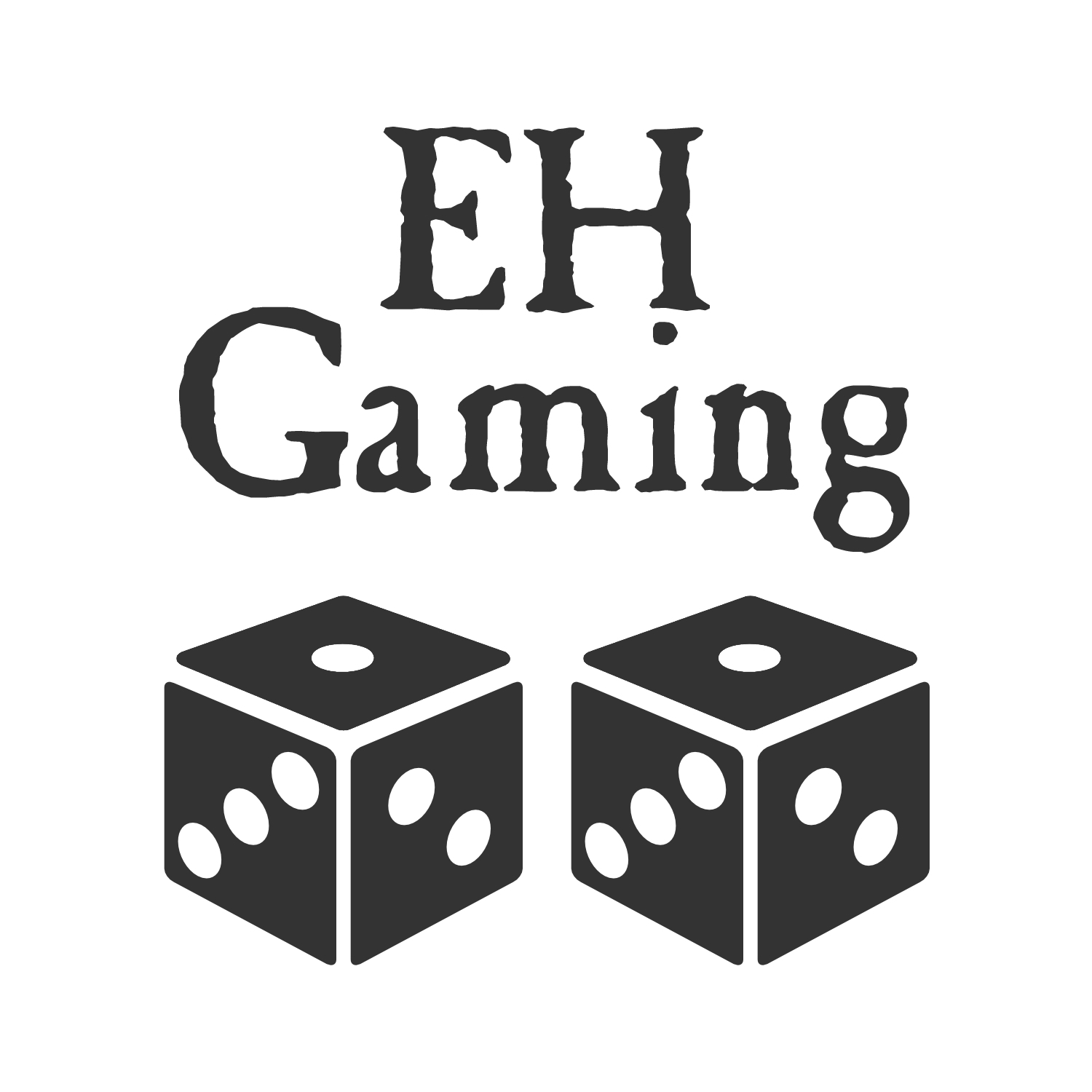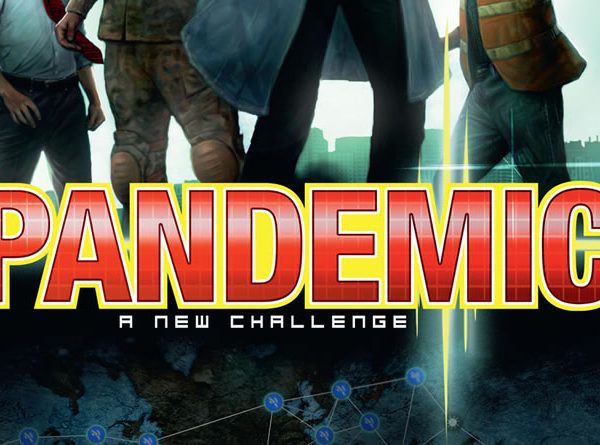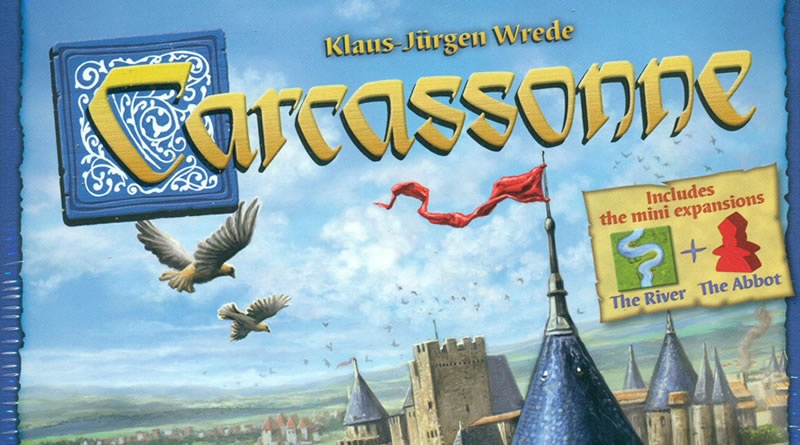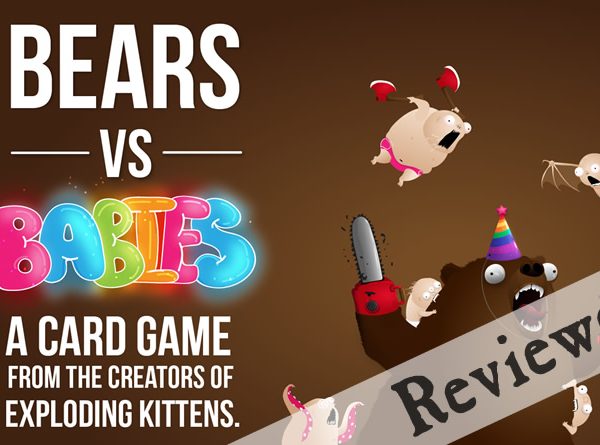Catan (aka Settlers of Catan) is one of four or five genuinely game-changing (I hate that phrase…but it seems apt) board game releases of modern times. Along with the likes of Pandemic, Carcassonne and Ticket To Ride it has shown millions of people around the world that there is a vibrant life after the likes of Monopoly and Scrabble.
Catan has sold over 25 million units around the world and is available in 35 different languages. It is possibly the biggest success story of the ‘indie’ board game industry and has enjoyed a meteoric rise in popularity since it was first launched in 1995.
The kickstart for its success was winning a cluster of key awards that year. Most notably is the very highly respected Spiel Des Jahres (Game of the Year) but it also picked up the Essen Feather and the Deutscher Spiele Preis (German Game Prize). This trio of awards cemented Catan as a game for everyone. Spiel Des Jahres normally celebrates a good family game, but the Deutscher Spiele Preis is awarded to “gamer’s games” and the Essen Feather recognises very well written rules. Combine the three awards and on paper you have a perfect game that works in any setting and with any type of player.
It has picked up award after award since then and in 2015 was awarded the rather lofty GamesCon Vegas Game of the Century award.
So, is it hype and inertia that keeps the game selling or is it still a genuine world class gaming experience that still works today, over 22 years after release?
What’s in the box?

- 19 hexagonal terrain tiles
- 6 coastal frame pieces
- 9 extra harbour pieces
- 20 wooden settlements
- 16 wooden cities
- 60 wooden roads
- 95 resource cards
- 25 development cards
- 4 building cost cards
- 2 special bonus cards
- 18 number tokens
- 2 six-sided dice
- 1 wooden robber pawn (he’s a pest)
- Rule book and almanac
Basic Game Overview
The setting for the game is the newly discovered island of Catan; a remote but resource-rich place to settle. Your settlers have arrived and are seeking to establish a new home where they can enjoy the fruits of their labour and create a wealthy new care-free life. But alas, your minions are not the only folk to arrive on the island with this intent. Against all the odds, another two or three groups of settlers appear to have arrived at Catan at exactly the same time as you…what are the chances of that? Even more frustrating is the fact that there is a robber roaming the island who seems keen on stealing stuff from settlers. Not sure how long he has been there, but he’s a devious little piece of wood!
The game board is created at the start of the game by assembling the coastline into a large hexagon and then randomly inserting land resource tiles (or the barren deserts) to make up the landscape of Catan. Due to the random nature of the board’s construction it is highly unlikely that any two games of Catan will ever be the same; a feature that helps with the longevity of the game. The easiest way to create a random board is to shuffle the resource cards and then lay them out. If it looks like there is a bit of an imbalance to the distribution of the resources then there is absolutely nothing wrong with moving a few tiles around to create a setting that everyone agrees is fair or balanced. There is also a suggested set up in the rulebook which might not be a bad way to start your first game if you are completely brand new to Catan.
Each of the resource tiles then have a numbered token placed on them which creates a relationship between dice rolls and the production of resources. The tokens are numbered two to twelve except seven which is excluded as this is the number that activates the dastardly robber…but more on that shortly.
As for the resources themselves; forests create lumber, fields produce grain, mountains produce ore, hills produce bricks, and the pastures create wool from the sheep that graze on them.
Each player chooses a colour and then receives the little wooden pieces that represent settlements, cities and roads. Before the game begins, each player gets to place two settlement pieces and two adjacent roads. These are always placed where the resource tiles intersect and a player should try to place them where they can get a good variety of resources as having a settlement adjacent to a resource tile gives you the opportunity to receive those types of resource through the game.
When a player’s second settlement is placed on the board they receive the resources adjacent to that second settlement in the form of resource cards. For example, if player one places their second settlement on an intersection between a forest, a pasture and a field then they will receive a lumber, wood and grain resource card. Players should always keep their resource cards hidden from other players. Clearly everyone knows what everyone has at the start of the game, but later on in the game it is real guess-work.
The game is won by the first player to reach ten victory points. Each settlement is worth two victory points, so everyone is off the mark when the game begins properly.
The first turn begins by the first player who built a settlement rolling the dice. The number rolled is then checked against the number tokens on the various land resource tiles. Number tokens can appear on the board more than once, so a dice roll of five might activate resources on two different resource tiles. If you roll a number that is present on a resource tile that one of your settlement borders then you receive a resource card. For example, if player one rolls that five and one of their settlements borders a pasture with a five token in it then they will receive another wool resource card. If their settlement also borders another resource with a five on it then they will receive a resource card for that too.
Any other players that have settlements bordering resources that have been activated by the dice roll will also receive resource cards too. So, it is possible that you can roll the dice and receive nothing yourself but end up feeding extra resources to your opponents. Bah!
After you have rolled the dice and allocated the resources, the player whose turn it is can then choose to either perform a trade or build. Trading can be done between you and the other players or with a harbour on the coastline or with the bank. Trading with other players is simple; just state which resource you need and what you are prepared to offer in return. For example, “I need one ore and will pay 1 wool in return”. Another player can offer to make the trade with you, or even make a counter offer (e.g. “I’ll give you one ore but want two wool in return”) or all other players can refuse. If you can’t get what you need from the other players then you can choose to trade at a harbour if you have a settlement adjacent to one. Harbours have a specified trade ratio printed on them, either 3:1 or 2:1. For example, if you want to trade at a 3:1 harbour that you are in contact with then you have to give up three resource cards of the same type to get the one resource that you need. So, to get your ore card you would need to swap it for three wool, or three grain, etc.
If you do not have a settlement near to a harbour then you can trade with the bank, but this is at a 4:1 ratio. For example, you need to give up four wool to get your one ore. Expensive, but there may be times in the game where this is the move you make to claim your tenth victory point and win the game.
For the build phase, you have the choice of building a new road, a new settlement or a city. You can also buy a development card in this phase too. To build something you have to have the applicable resources shown on the Building Costs reference card. For example, to build a new road you need to give up one lumber and one brick resource card. You place these back into the bank of resource cards and then lay down your road on the board. New roads do not give you any victory points, but the first player to build a continuous road of five or more segments receives the Longest Road card which is worth two victory points. This card can be taken away from you though is another player ends up building a road longer than yours during the game.
Building a new settlement gives you one victory point, or you can replace an existing settlement with a city which is worth two victory points. The extra bonus of a city is that you receive two resource cards if a resource adjacent to the city produces because of a dice roll, instead of one which settlements generate.
Choosing to buy a development card gives you either a knight card, a progress card or a victory point card. Development cards are kept in a shuffled deck placed face down at the side of the game and you choose the top card, so what you actually receive is random. A knight card allows you to move the robber anywhere on the board and then steal one resource from the owner of a settlement or city adjacent to the robber’s new position. An example of a progress card is the ‘Monopoly’ card. Playing this allows you to announce one type of resource and then every other player has to give you all of their resources of that type. A victory point card might be a university or a library that you keep hidden until you believe you have created the ten victory points needed to win the game.
Ok, the robber…if a player rolls a seven then the robber is activated and no resources are given out…remember that there is no number seven counter on any of the resource tiles. Any player who has more than seven resource cards in their hand must select half of his or her resource cards and return them to the bank (round down if you have an odd number of cards). The player who rolled the seven then moves the robber token to a resource tile of choice (or to the desert) and places the robber on top of the number token. While the robber is hiding the number token any future dice rolls of that number will NOT produce resource cards from that tile. This is a good way of stopping lucrative resource tiles that appear to keep benefiting your opponents. Finally, the player who moved the robber can then steal a resource card from a player who has a settlement of city adjacent to where the robber now resides. If this affects more than one opposing player then you choose who to steal from. You do not get to see the hand of cards you are stealing from; they are held face down and you choose one at random.
That covers the basic mechanics of the game itself – keep playing through the turns until somebody has amassed the ten victory point conditions!
What’s it like to play?
I have gone into quite a bit of detail above and it may all be a little bit abstract and seem like there are a lot of rules to get your head around. In reality though, this game ‘clicks’ with new players really quickly and flows beautifully. Essentially it breaks down into three actions each turn; the dice roll and allocation of resources, the trading and the building. Resource allocation comes first but then you can trade or build in any order for the rest of your turn so there is a good free-form element to the game play.
The robber is the random element of surprise that can shift the fortunes of a game at any point. As long as you do not hoard lots of resource cards in your hand then rolling a seven should usually be a benefit to you as you will not lose any resources and you can seriously damage an opposing players chance of victory, especially if they were hoarding cards.
Catan is a board game full of strategy, despite seeming so simple once underway, and that is the main outstanding feature of the game. You can get a good head start at the beginning of the game by placing your initial settlements in key parts of the board. Study the board and where the number tokens are and think about the probability of that number being rolled through the course of the game. When two six-sided dice are rolled there are thirty-six possible outcomes. A roll of two or twelve is only possible once each. Seven is the most likely as that can appear in six different outcomes, and now you see that it is no accident that the robber becomes activated when a seven is rolled. Six and Eight can occur can occur five times each, Five and Nine four times, Four and Ten three times and Eleven and Three can happen twice each. Settling near resources that have the low probability numbers on them will usually generate resources at a much lower frequency that resource tiles that have a Six or an Eight on them. You also need to consider the relationship between high probability resource tiles and harbours that allow you to trade at 2:1.
You also need to consider the frequency of resource tiles and whether you plan to build cities as quickly as possible or buy development cards as often as possible. For both of these you will need to collect ore and grain, so try to establish settlements near these resource tiles. If you want to go for the longest road card and claim those two victory points then you will need an abundance of lumber and bricks.
How you interact with other players is part of your strategy and part of the fun. You can be a helpful opponent when trades are being requested and hope that they play fair with you later on when you need that killer resource to complete your master plan. Or you can be a complete git and try to scupper everyone else’s plans as often as possible. The way somebody uses the robber token is often the best way to work out whether that person truly likes you or not!
Who would like it?
It is no surprise that a game that has become so successful and mass produced all around the world appeals to pretty much anyone who has an inclination to play a game. Consider again the awards that Catan has won since it was launched…any game that wins the ultimate board game award in its year of launch (Spiel Des Jahres) and also the ultimate gamer’s game award at the same time is destined for mass appeal. The ease of understanding of the game and the different game play experience time after time means that Catan hooks people quickly and keeps them reaching for it frequently. It is great for children, perfect for families and even more perfect for adult groups.
Summary
I used to waver between Carcassonne and Catan as to which is my favourite game of all time. I have actually settled on Carcassonne, but that is no slight on Catan as I am a bit of a stereotype in my love of Carcassonne. It is actually high praise indeed for Catan as it is almost the perfect game. The only reason that Catan isn’t my favourite game of all time is because it cannot be played with two players.
Real life isn’t a mix of socialising all the time – more often than not two adults are housebound at night while the children are in bed and that is a circumstance that often occurs in our house. If only the two of us could play Catan! But when we have visitors and the evening points towards a board game that will while away a pleasant hour then Catan is often laid out.
There are expansions and other versions of Catan available, and a couple of them are designed for two to four players, but I love this version so I stick with it and wait for the third (and fourth) chair to become filled!
It is a monumentally great game and there should be no resistance towards trying it out because it has become so successful and popular. This is one of those rare gems that becomes popular because it is incredible…not because it has had millions of dollars of marketing spent on it. Back to the awards received again…as recently as just two years ago when the game was already twenty years old it received the GamesCon Vegas Game of the Century award. They don’t give that out every year!!*
Our Verdict

11 out of 12…(with a +0.9 modifier)…as close to perfect as a board game can come without being Carcassonne!!!!
Designer: Klaus Teuber
Publisher: Mayfair Games
No. of Players: 3 to 4
Recommended Age: 10+
Time To Play: Around an hour
RRP: £44.99



